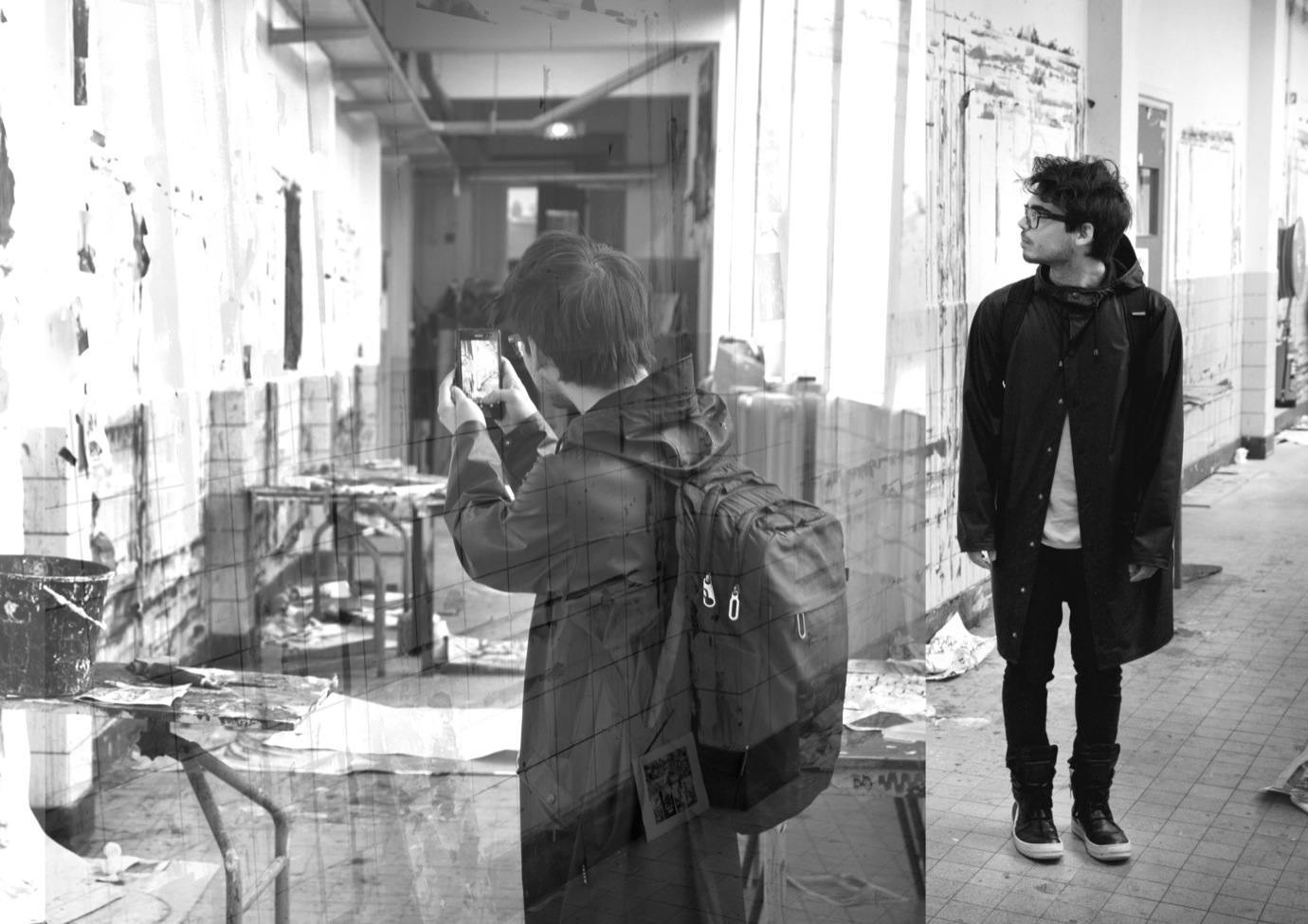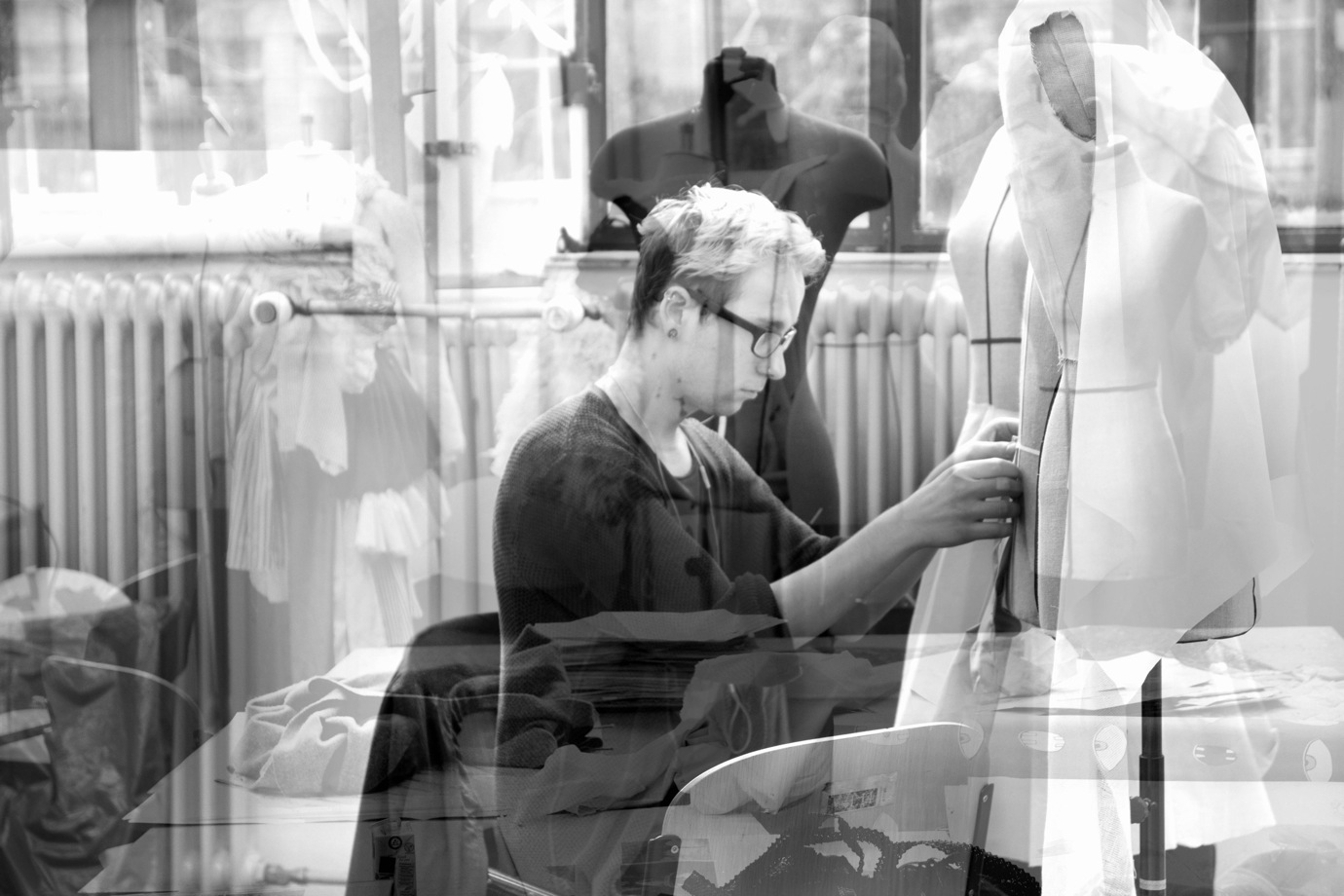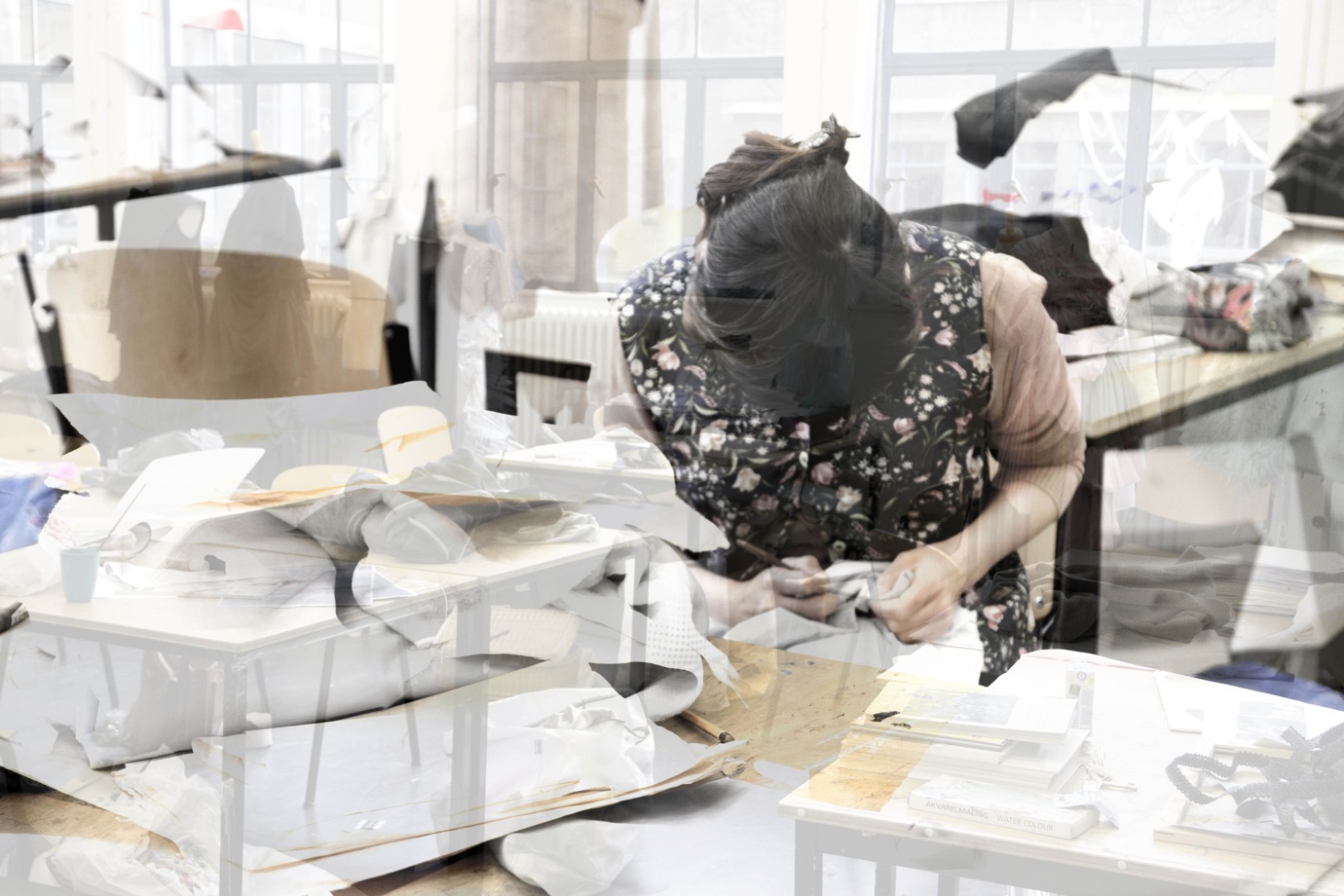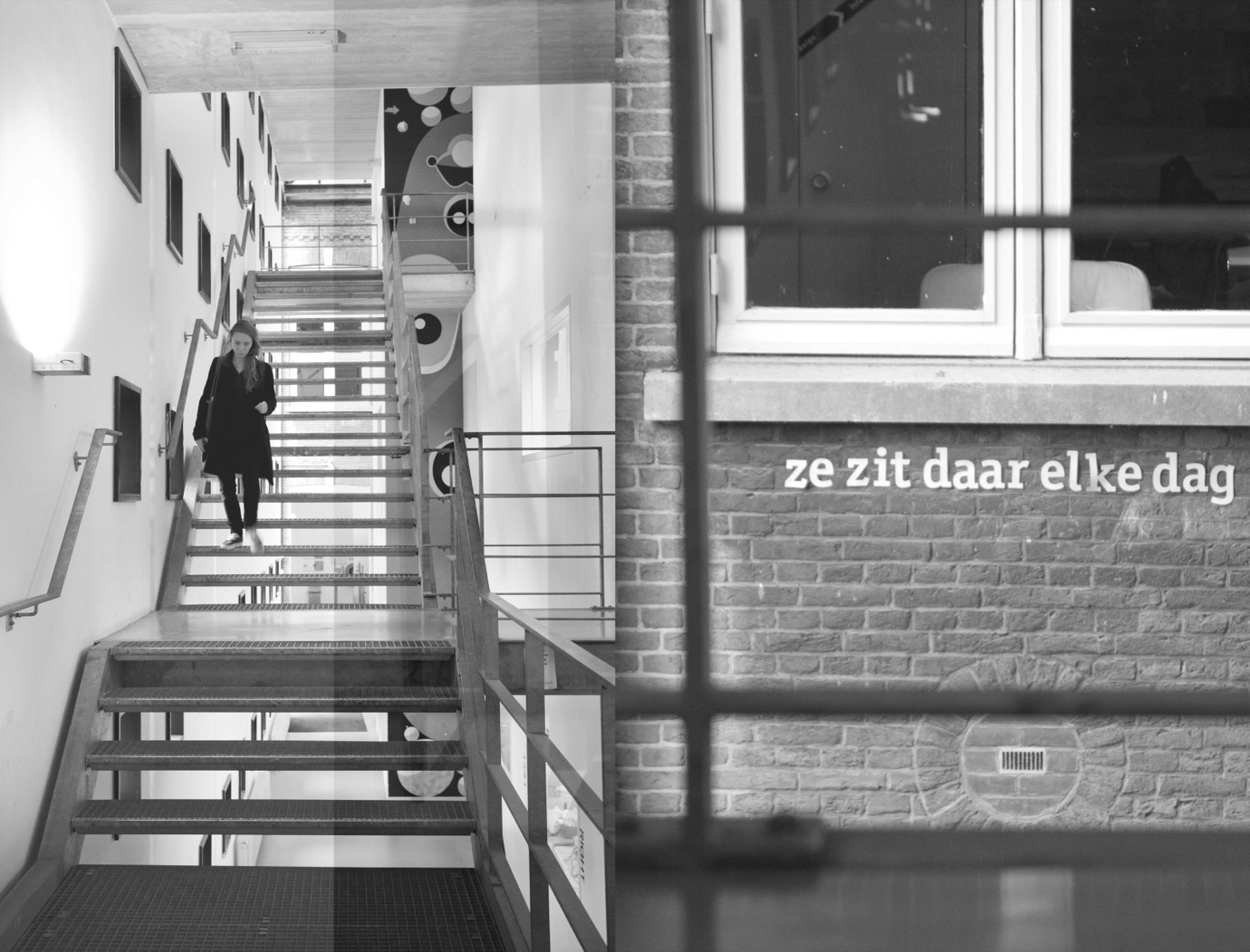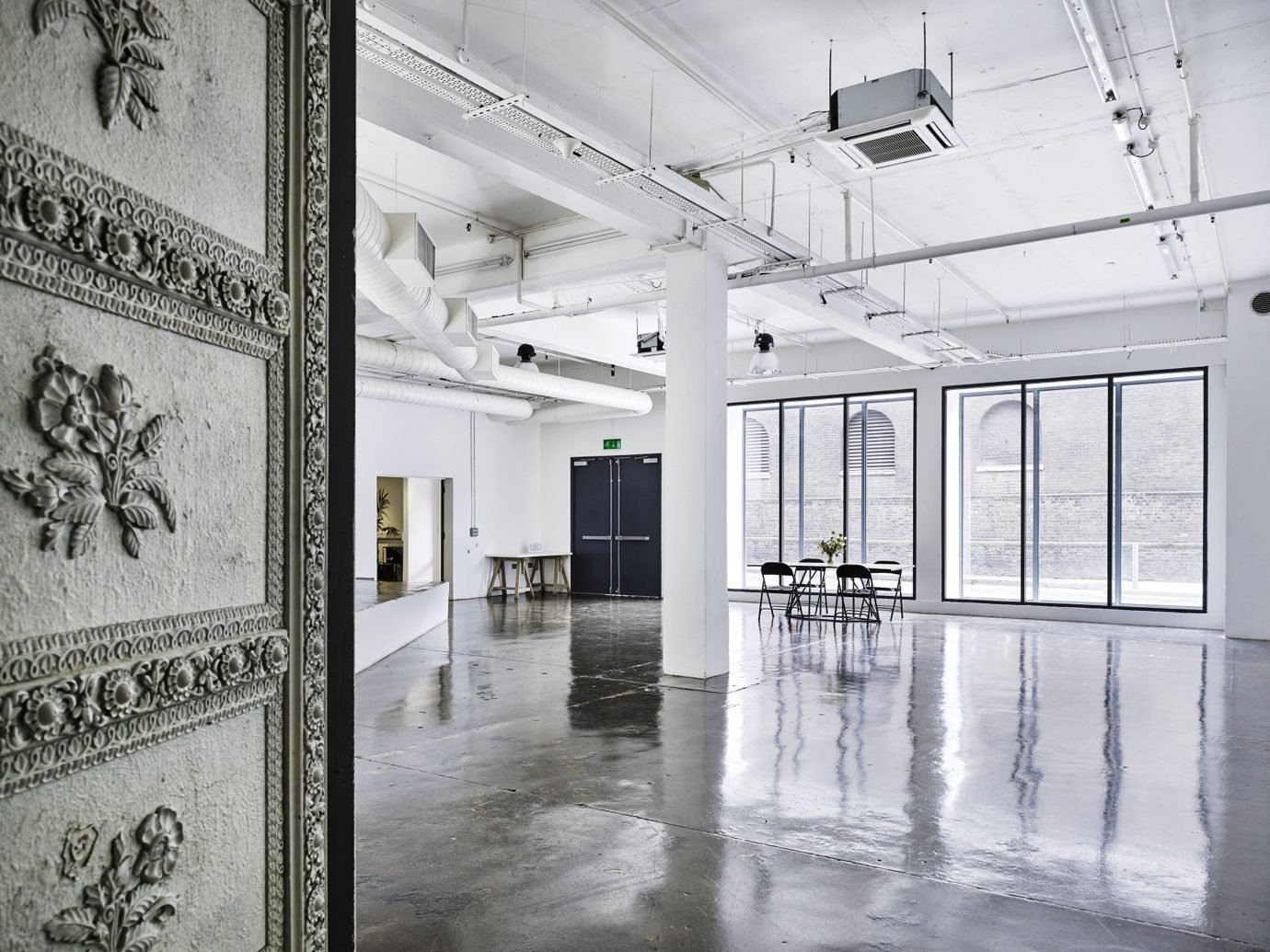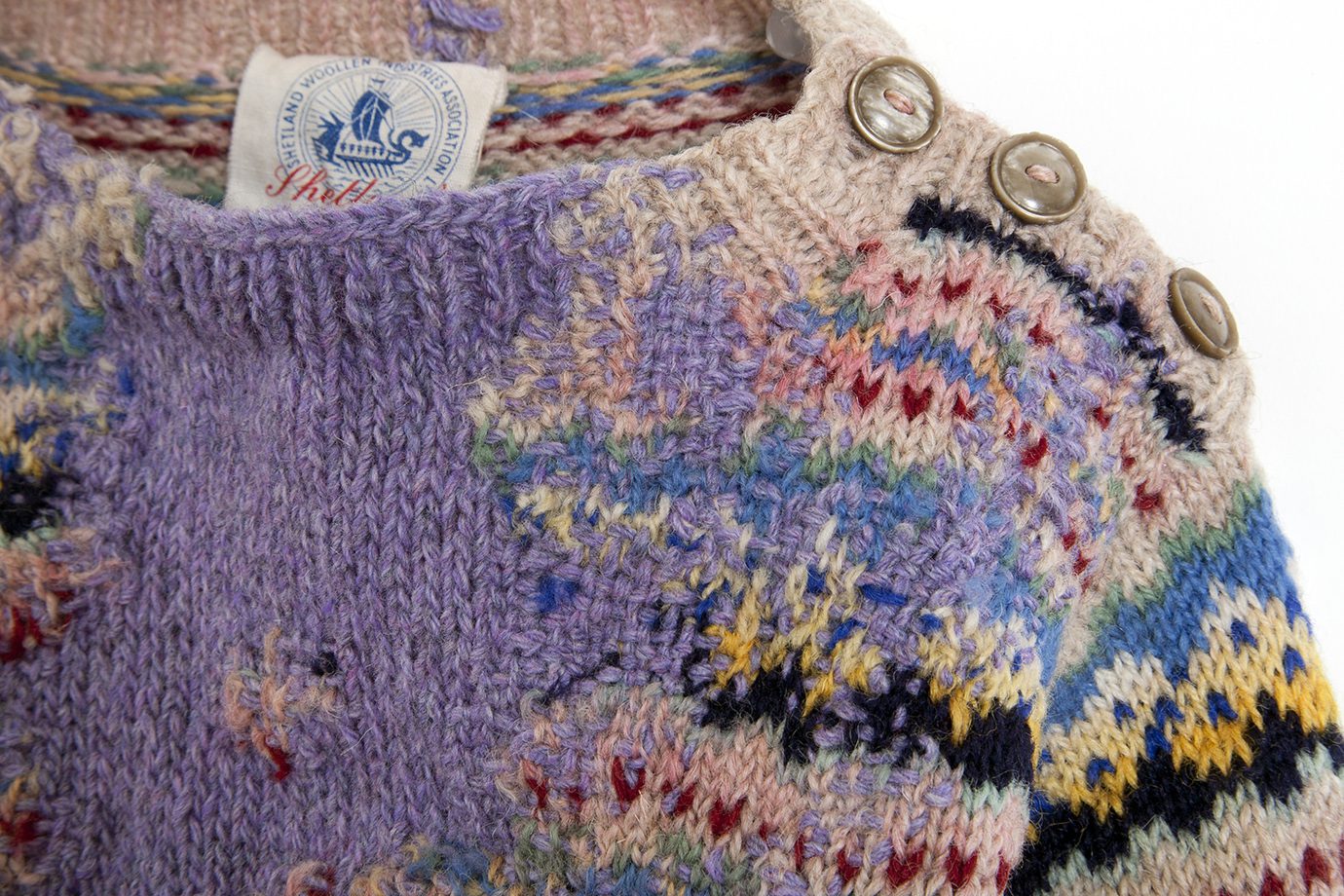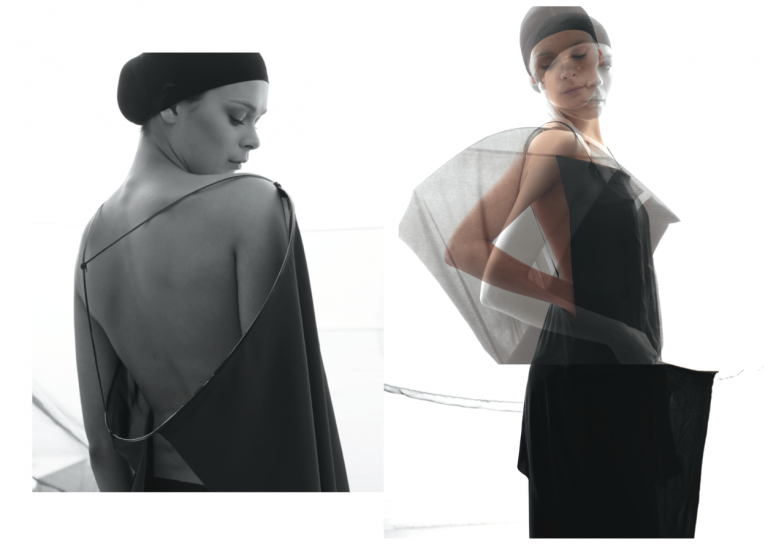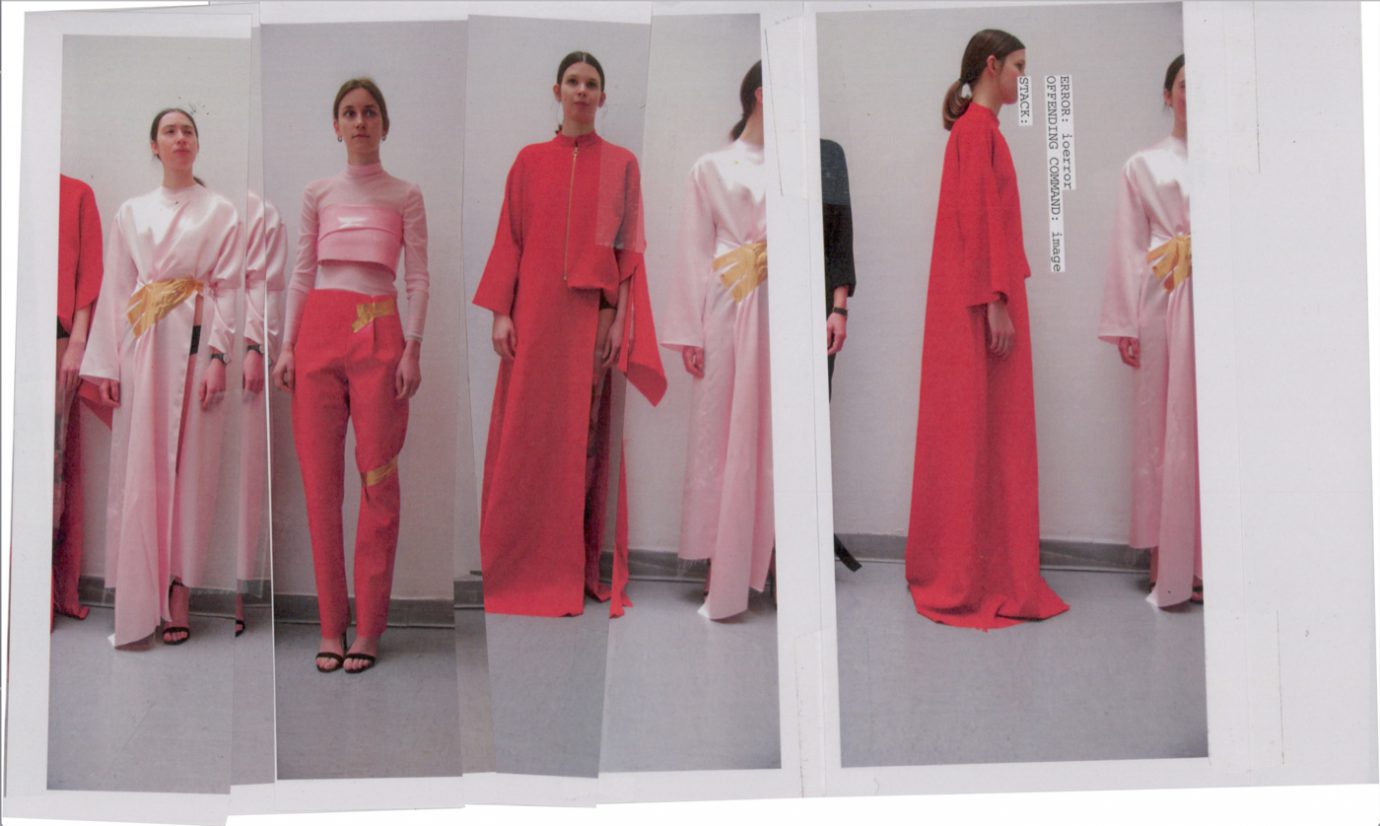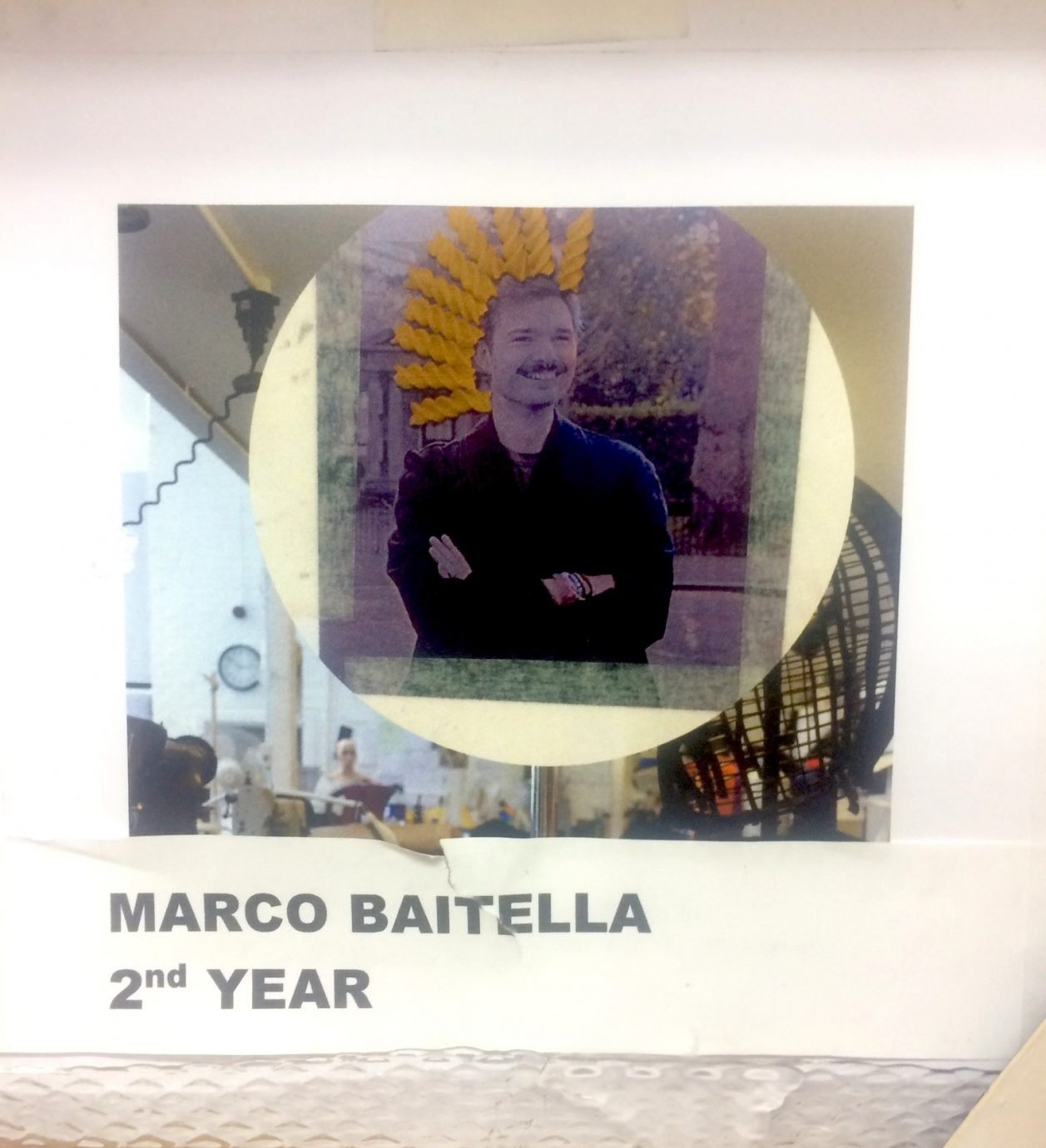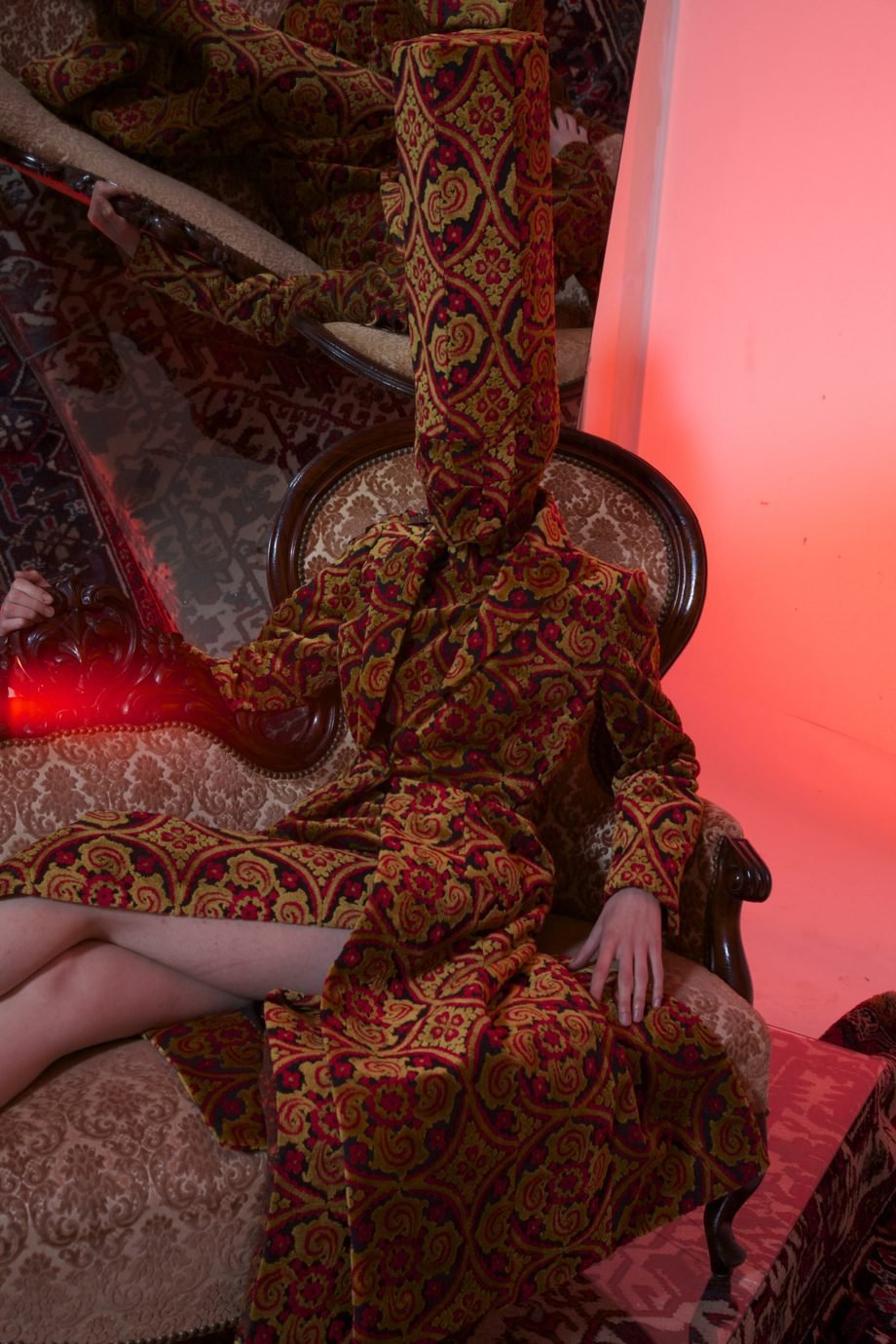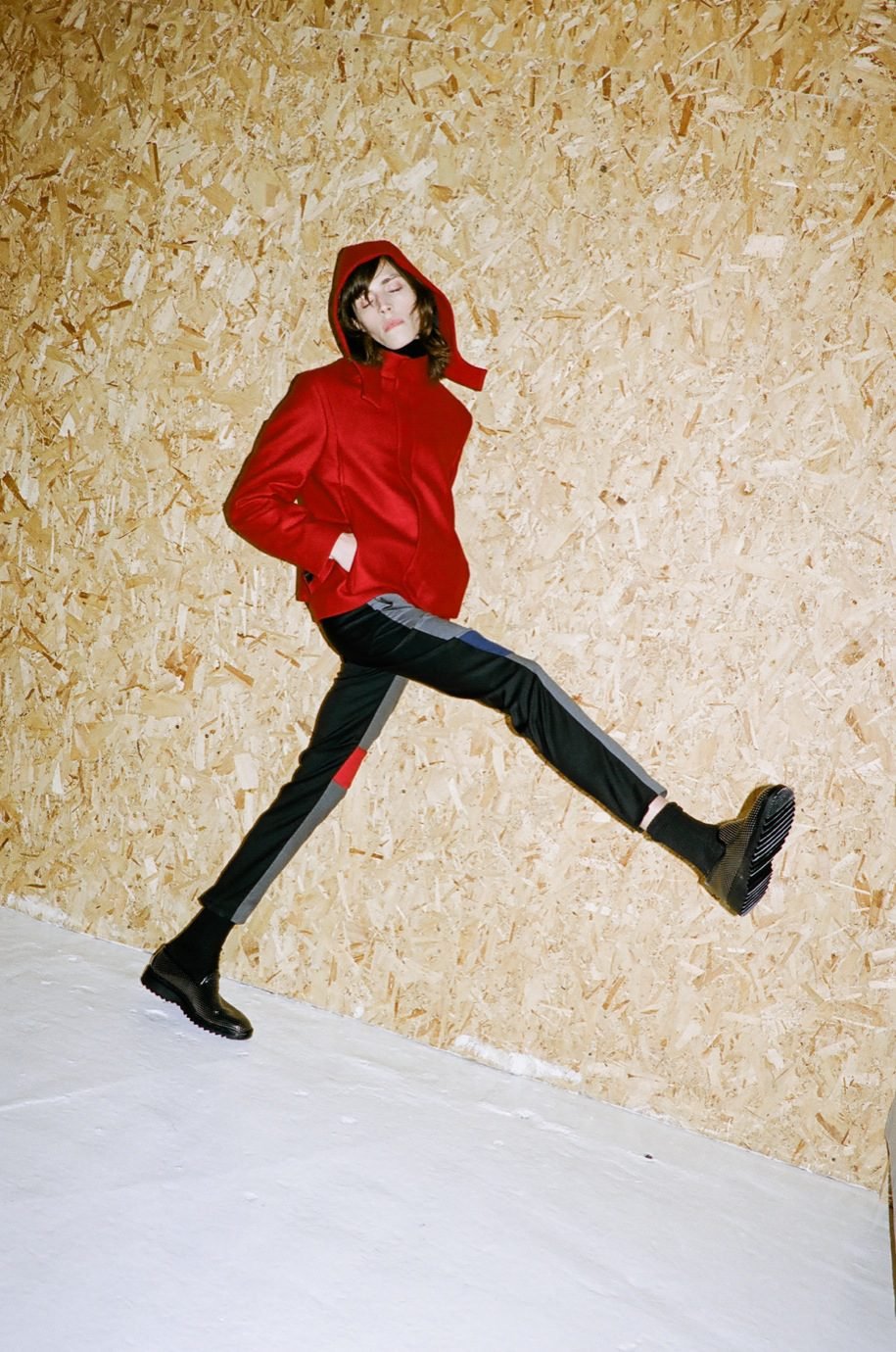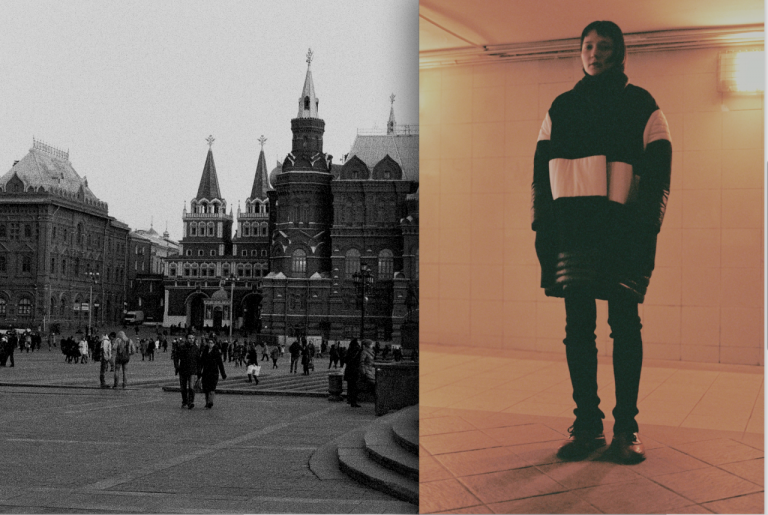After all these years they worked their magic again, creating posters for the KABK 2015 SHOW. I spoke to Jurgi about his views on young designers: “they should not be decorators”, and the academy: “we offer the classical preparation you need along with a socio-cultural context”.
I guess journalistic credibility urges me to be honest here: I am madly in love with the clothing Jurgi Persoons made. I can’t really name a lot of labels that ever spoke to me on a personal level, but Jurgi Persoons did. His run wasn’t long, just 8 years. They were given innocuous yet shrilling titles such as ‘Re-interpretation of english classic man clothes by a lazy rich girl’ and ‘Anorexic young girl alone in her grandmother’s Benidorm residence’. They were beautiful.
I straight up told him his work is very sought after by a certain niche. The type of people sniping away your ebay-finds. Jurgi Persoons looked at me in disbelief – as if he never had been a designer. Just half an hour earlier he guided me through the neoclassic hallways of the KABK building in The Hague. There he’s been head of the fashion course for a year and a half now. We talked for 2 hours. And he told me, after some pressing, that it was a fun ride but it had to end – the designing. He donated his entire archive to the MoMu in Antwerp and went on to greater things. Here’s what went down:
Cesar Majorana: I heard Ann Demeulemeester is doing loads of gardening and painting now that she’s not heading her own brand. What did you do after quitting yours?
Jurgi Persoons: I stopped in 2003, I was 34 years old, and I had to kick the habit of fashion. I was burned up for a while and needed to find rest again. I needed to make sure there was a world beyond fashion, so I worked at my partner’s printing company. It was nice to have a 9 to 5 job for a while. A job that ends at the right time.
Jurgi answered with a modest tone, something you would expect from a frail man dressed in Comme Des Garçons. However, throughout this conversation there was something that bothered me;
The second Belgian wave of designers, after the Antwerp Six, struggled. I wouldn’t know why. Was it the economic environment? Were the clothes too niche? It took a while for me to have the courage and ask, but I did.
How was it to be part of the generation after the Antwerp Six?
We all had the dream of the Six. We all thought we could be like Dries and Ann. In the 90s a lot of talent graduated with that mentality.
So why did the Six succeed while you didn’t? Most of the second wave designers quit their labels.
The scenario changed too much in a short time. It wasn’t the same as ten years earlier, or later for that fact.
Speaking for myself: I was too young and made too many mistakes. I got offered licenses and deals but refused them, wanting to do it like Dries did. I said “no, Dries also doesn’t do licenses either”. That was bullshit, maybe I should have taken those chances. But then again, I was young and well… you learn those things afterwards – don’t you?
“FANTASTIC THAT YOU HAVE AN INITIAL IDEA OF WHAT YOU WANT TO DO, BUT THIS DOESN’T MEAN YOU’RE A BUSINESS GENIUS.”


